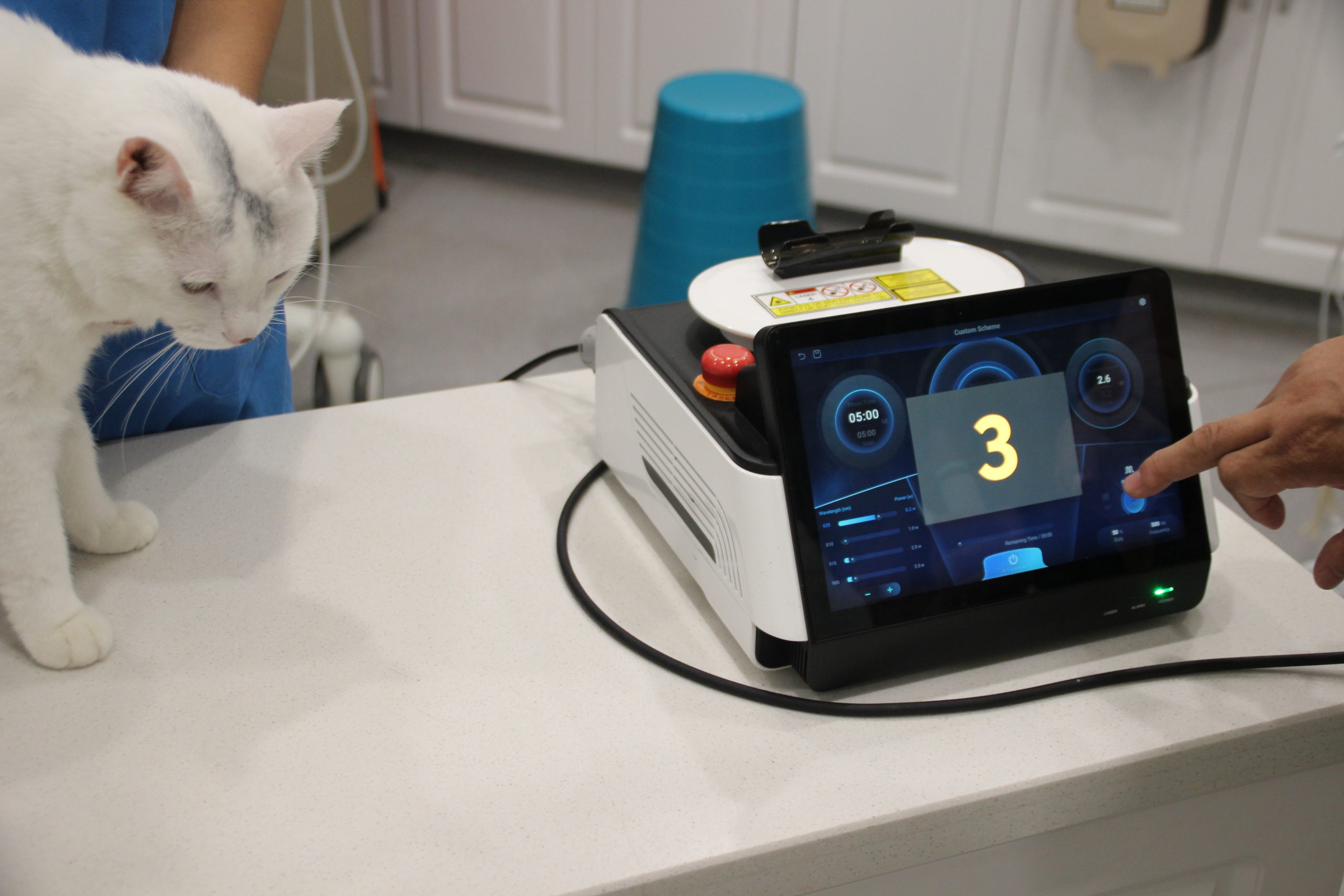The Transformative Potential of Low Intensity Laser Therapy in Deep Tissue Treatment
In the dynamic landscape of veterinary medicine, innovative approaches continually emerge to enhance the well-being of animals. Among these advancements, Low Intensity Laser Therapy (LILT) has emerged as a game-changing technique, holding immense promise for deep tissue treatment in the realm of veterinary care. This article sheds light on the profound value of utilizing LILT for deep tissue laser treatment in veterinary medicine, delving into its mechanisms, specific applications, and the compelling advantages it brings to the forefront of animal healthcare.
Revolutionizing Deep Tissue Treatment with LILT
Deep tissue treatment poses a unique challenge in veterinary care, demanding targeted interventions that promote healing without causing collateral damage. Enter Low Intensity Laser Therapy (LILT), an innovative modality that leverages the principles of absorption and cell resonance. Through the precise application of low intensity laser beams, LILT facilitates selective destruction of nociceptive nerves responsible for transmitting pain, all while leaving surrounding tissues unharmed. This approach circumvents heat generation, making it a safe and effective means of deep tissue treatment.
Mechanisms at Play: Cell Resonance and Precision
LILT's success hinges upon its ability to induce non-thermal nerve cell resonance. By directing low intensity laser beams with wavelengths optimally absorbed by nociceptive nerves, this technique prompts selective destruction through cellular resonance. Unlike traditional methods, LILT avoids tissue destruction via heat coagulation, revolutionizing the approach to deep tissue treatment.
Applications in Veterinary Medicine
The application of LILT for deep tissue treatment in veterinary medicine spans diverse areas, including chronic pain management, soft tissue injuries, wound healing, and even nerve regeneration. Its non-invasive nature and precision make it an attractive option for veterinary professionals aiming to alleviate pain and enhance recovery. From treating chronic pain to facilitating nerve regeneration, LILT emerges as a versatile tool with far-reaching applications.
A Glimpse into the Future: The Prospects of LILT
As LILT gains momentum in the field of veterinary care, its future appears promising and transformative. The potential to provide long-term pain relief, expedite healing, and minimize scar formation paints a picture of enhanced animal well-being. Veterinarians envision a landscape where LILT becomes an integral part of treatment protocols, revolutionizing the way animals recover from injuries and ailments.
Advantages Unveiled: Why LILT Stands Out
LILT offers a host of advantages that set it apart as a preferred method for deep tissue laser treatment:
- Selectivity: Through cellular resonance, LILT selectively destroys pain-transmitting nerves while sparing surrounding tissues.
- Non-Invasive: LILT introduces a non-surgical approach to deep tissue treatment, reducing the need for invasive interventions.
- Enhanced Healing: By stimulating cellular activities, LILT accelerates healing processes, promoting tissue regeneration.
- Minimized Scar Formation: LILT's influence on organized tissue regeneration may contribute to reduced scar tissue formation.
Conclusion: A Beacon of Hope in Veterinary Care
In the realm of veterinary medicine, where precise and effective interventions are paramount, Low Intensity Laser Therapy (LILT) shines as a beacon of hope. Its potential to transform deep tissue treatment is underscored by its non-invasive nature, precision, and ability to expedite healing. As the veterinary community embraces this innovative modality, LILT paves the way for a future where animals experience enhanced comfort, expedited recovery, and an elevated quality of life.
